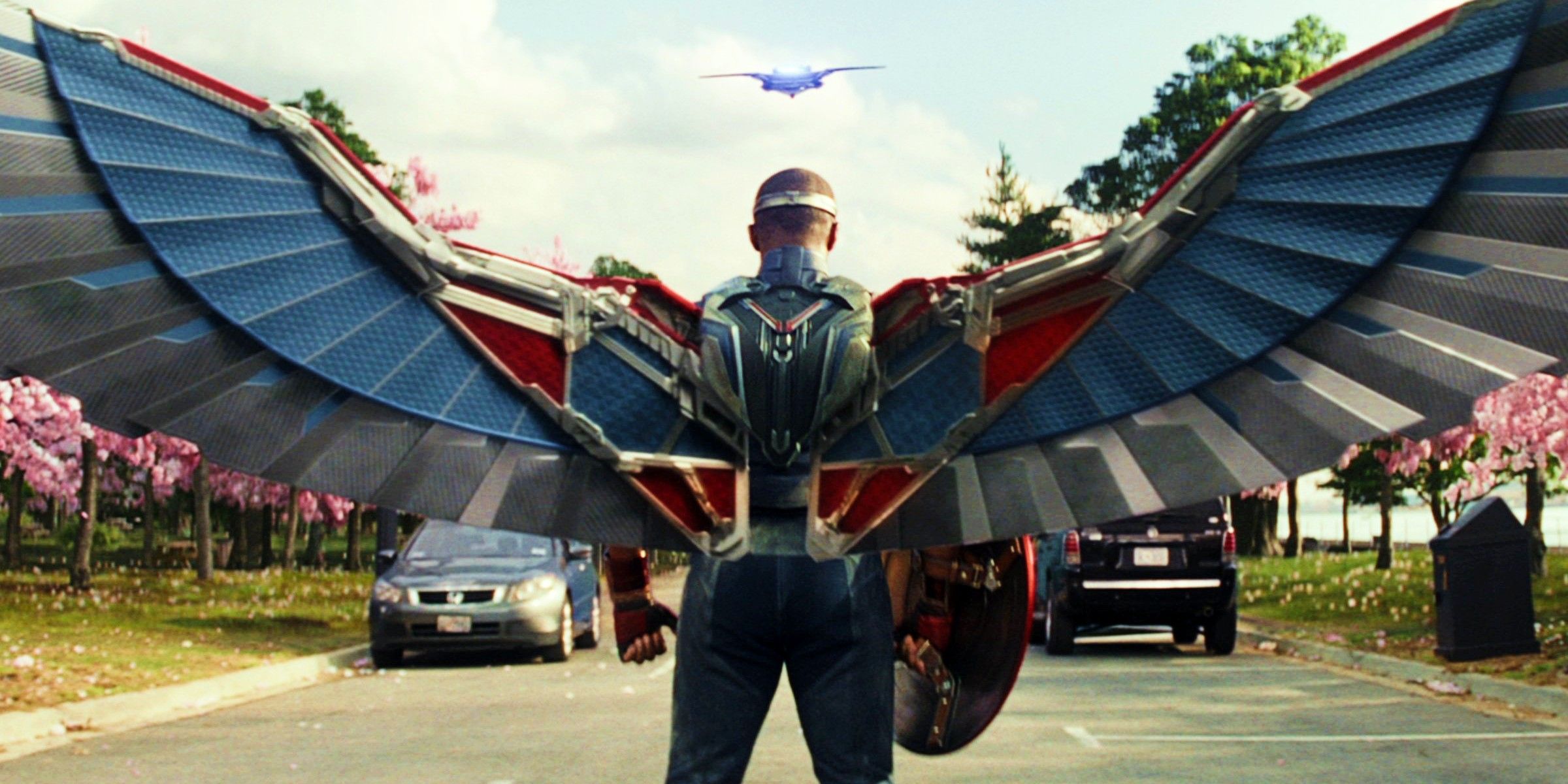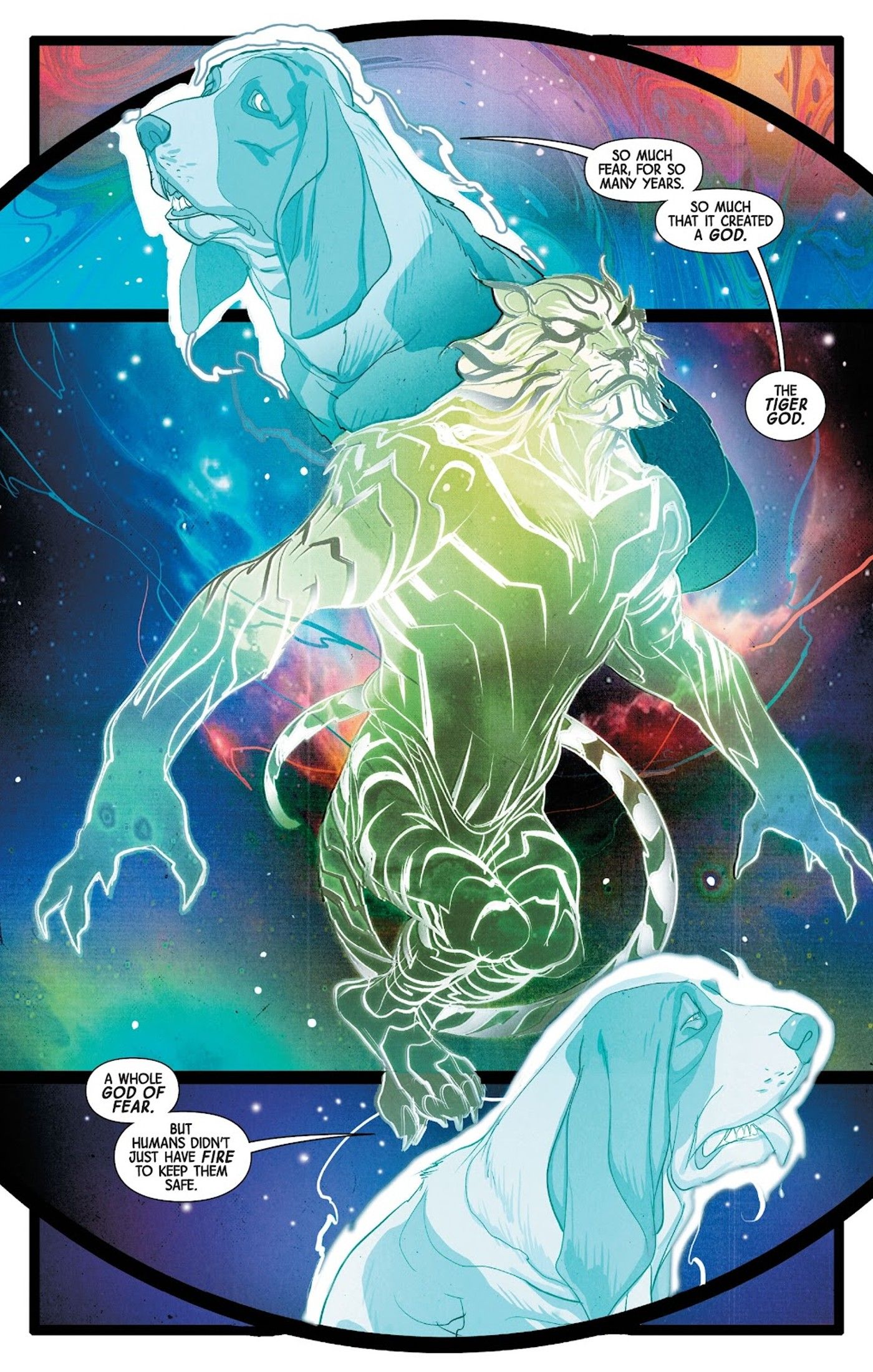The Deck of Many Things has been a player-favorite item in Dungeons & Dragons since 1975. With the release of The Book of Many Things, Wizards of the Coast has added 44 new cards to the classic magic item. The cards drawn from the deck can create game-changing effects, both positive and negative, or they might simply be quirky novelties the party will laugh at later on. That kind of random chance is why the Deck of Many Things has endured almost fifty years.
The new cards that Wizards of the Coast has added to the game in The Book of Many Things most often produce positive effects, and this is by design. The designers want the book to be approachable by new players without fearing their characters will be penalized or even killed because of luck of the draw. That’s not to say that the new cards are all without risk, either. Good or bad consequences, there are some really exciting new cards in the 5e Deck of Many Things.
10 Path
Gain 10ft Of Movement Speed
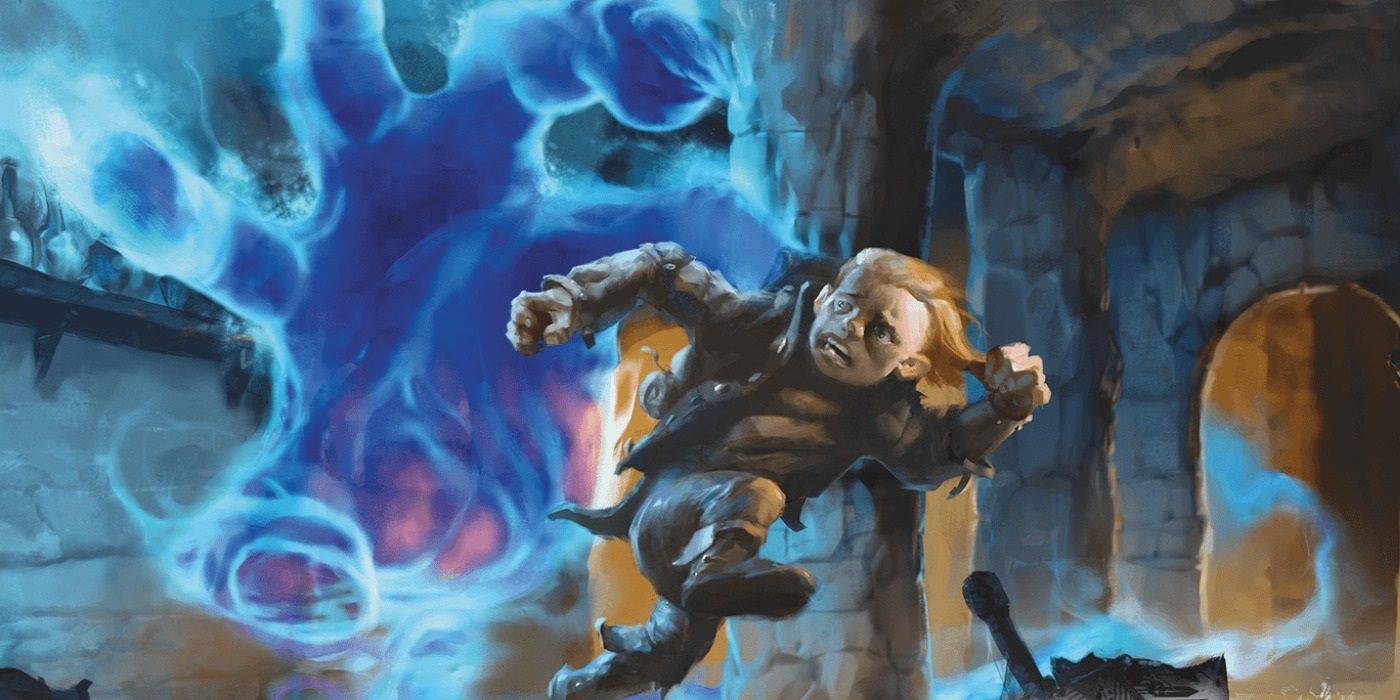
The Path card is one of the simple benefits that is new to the deck. The character gains 10 ft. of movement speed permanently. This kind of perk is usually saved for feats and class abilities, so gaining a likely 33% movement speed increase is incredible. If a monk or rogue happens to draw the Path card, they’re going to be able to make it from one side of the battlefield to another in no time at all.
9 Celestial
Grow Wings And A Flying Speed
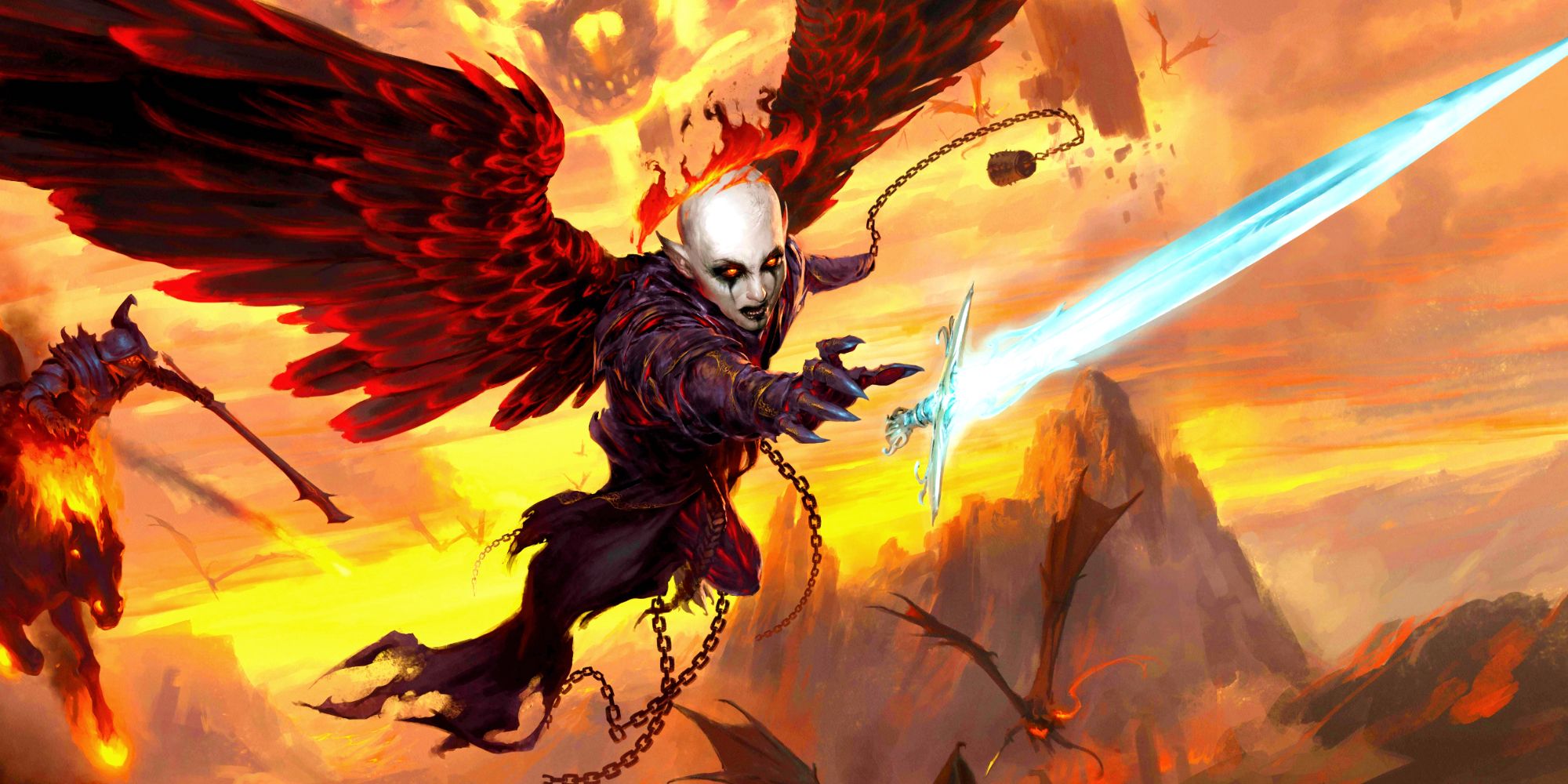
Drawing the Celestial card will cause the character to grow a pair of feathery, angelic wings. They will also gain a flying speed of 30 ft. This card can definitely be game-breaking in some campaigns, as flying is one ability that some DMs ban from their tables. If that’s the case, then DMs might want to remove the option of the Celestial card from the Deck, but if it’s acceptable, then this card is one of the most fun and interesting ones a player can draw.
8 Fiend
Get Offered a Deal from a Devil
The Fiend card is devilishly simple. A fiend from the Nine Hells will appear in front of the character who drew the card and offer them a deal, much like Raphael in Baldur’s Gate 3. All the players have to do is complete some task for the fiend, and they will get whatever material reward was offered.
Like any devil’s deal in Dungeons & Dragons, wording matters. This fiend is just as likely to twist the player’s words as they are their own. It’s very easy to get tricked into something that’s not quite the spirit of the contract but rather the letter of it. If the player refuses, attacks, or negotiations sour, the fiend retreats to its original plane of existence.
7 Well
Learn Any 3 Cantrips
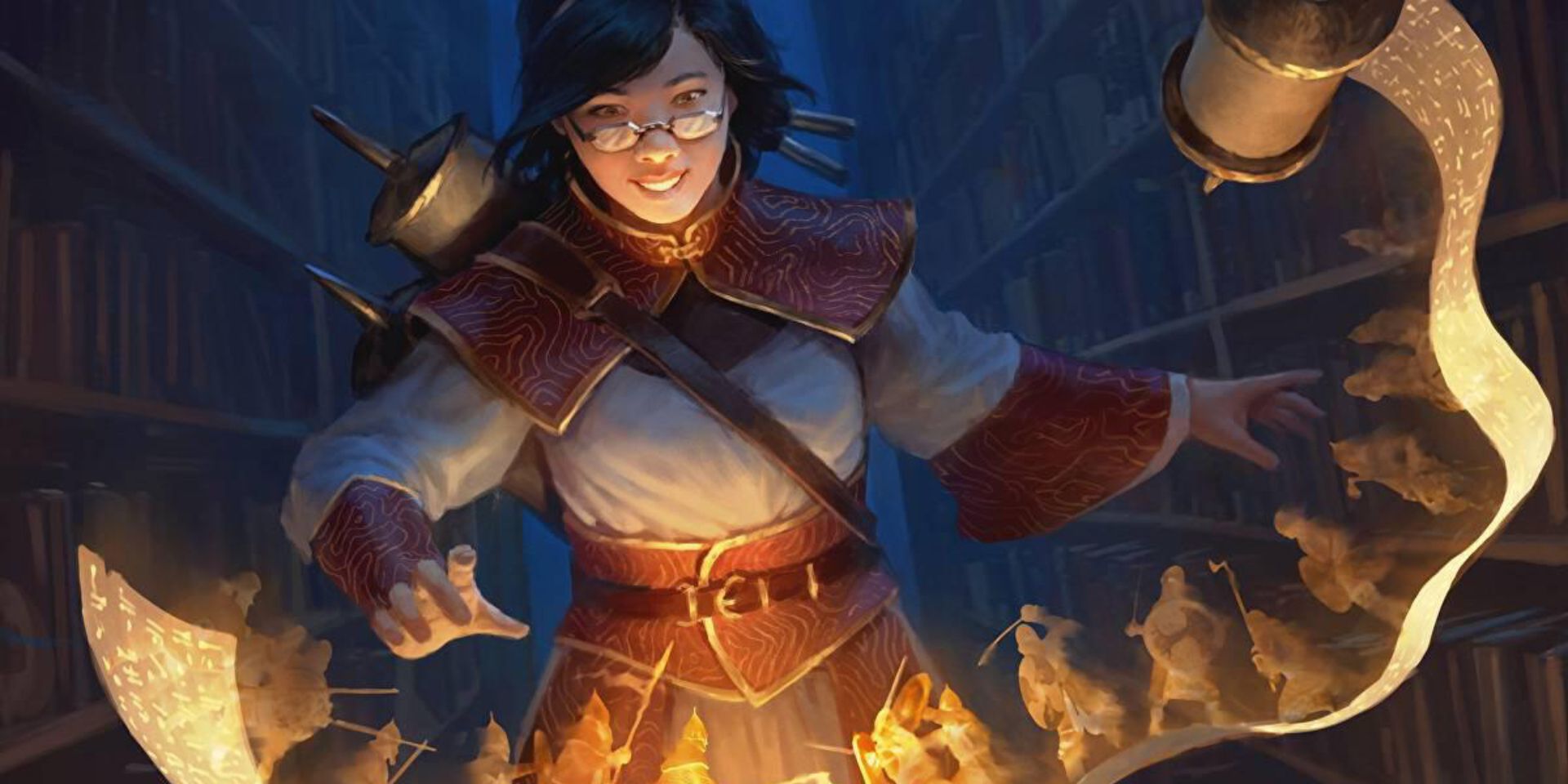
Players can reach into the Well and pull out 3 different cantrips with this card. From any school and any class list, this card lets a player learn 3 cantrips to cast at will. This card is great for fighters who may not have as many ranged options, and it can give any character access to utility spells such as light if they don’t have darkvision or mold earth to build themselves cover wherever they want.
Maybe the most likely cantrip to learn is eldritch blast, though, since it’s only available to warlocks unless a character takes other specific feats. Because it deals force damage, it is less likely to be resisted. And it scales as characters level to deal 1d10 multiple times, making eldritch blast a powerful cantrip to take for even non-casters.
6 Campfire
Gain The Benefits Of A Long Rest
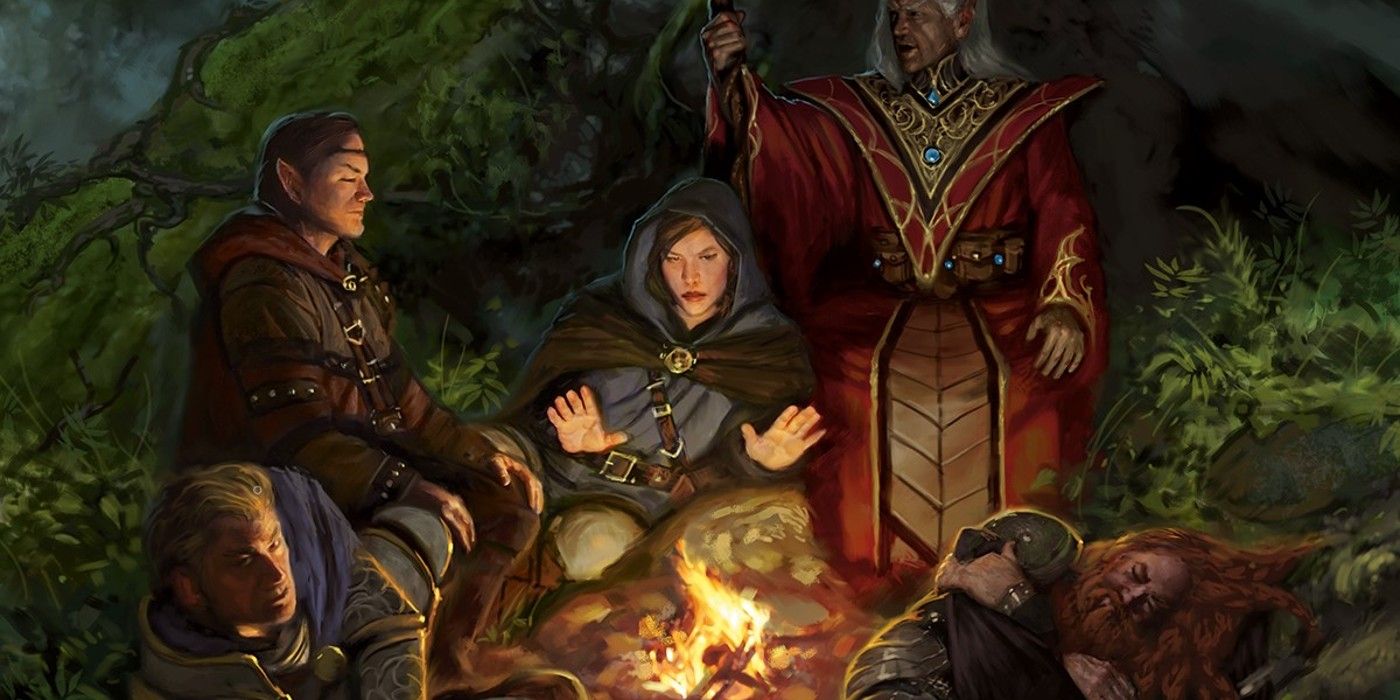
If the Campfire card is drawn, the player character immediately gains the benefit of a Long Rest. This means that the character will heal all of their missing HP, many conditions will go away, abilities will reset, and spell slots will be restored. Long Rests are hard to come by during long adventuring sessions, and being able to recover completely in the blink of an eye instead of 8 hours of uninterrupted sleep is priceless.
5 Bridge
Learn To Stop Time
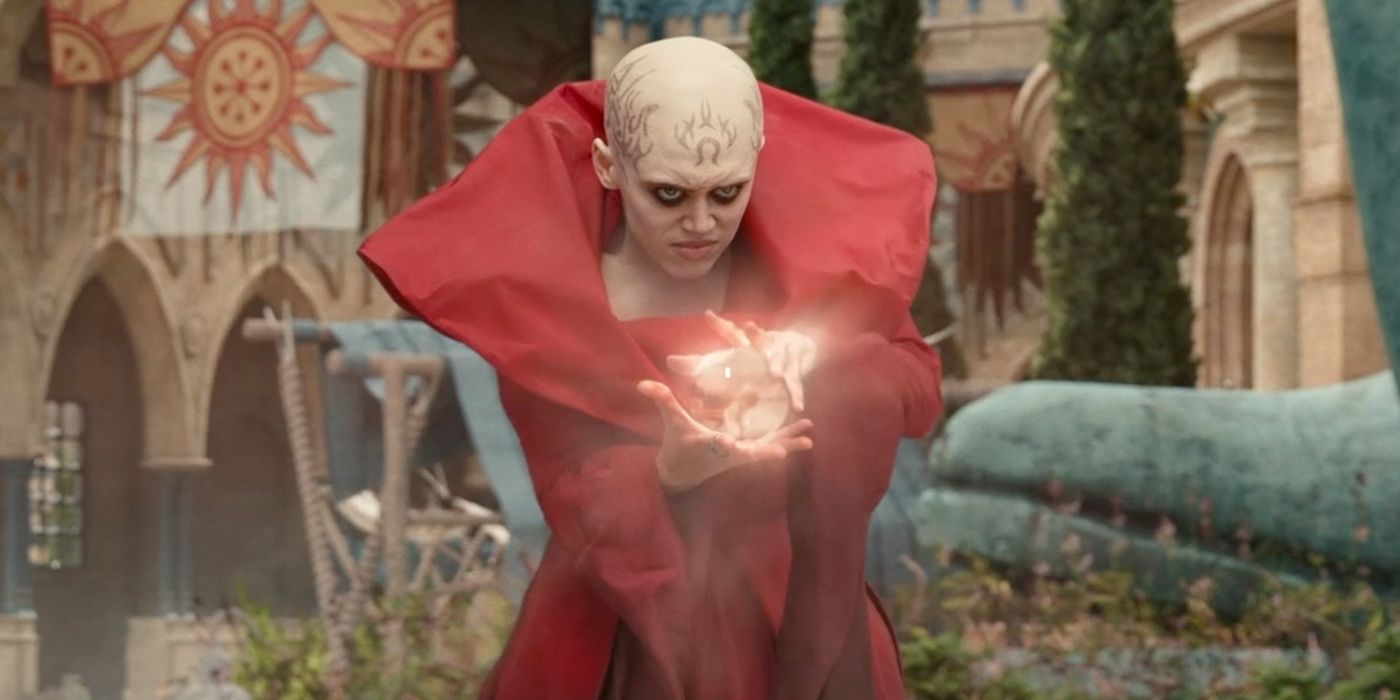
If a character draws the Bridge card from The Deck of Many Things, they will gain the ability to cast the spell Time Stop. This is an incredible reward, as Time Stop is one of the most powerful spells in the game. In fact, Time Stop is so powerful that the movie Dungeons & Dragons: Honor Among Thieves uses it as a major plot point.
Players not be able to cast the spell forever, though. The character who draws the Bridge card can cast this level-nine spell 1d3 times. Most player characters never get to cast 9th-level spells at all, and the Bridge card can grant the Time Stop spell to even a level 1 character. On top of that, they don’t even need to be a spellcasting class like a wizard. This card is so good that a barbarian can Cast Time stop before going into a rage, or a rogue can sneak attack an army held in stasis.
4 Elemental
Become Immune to One Element
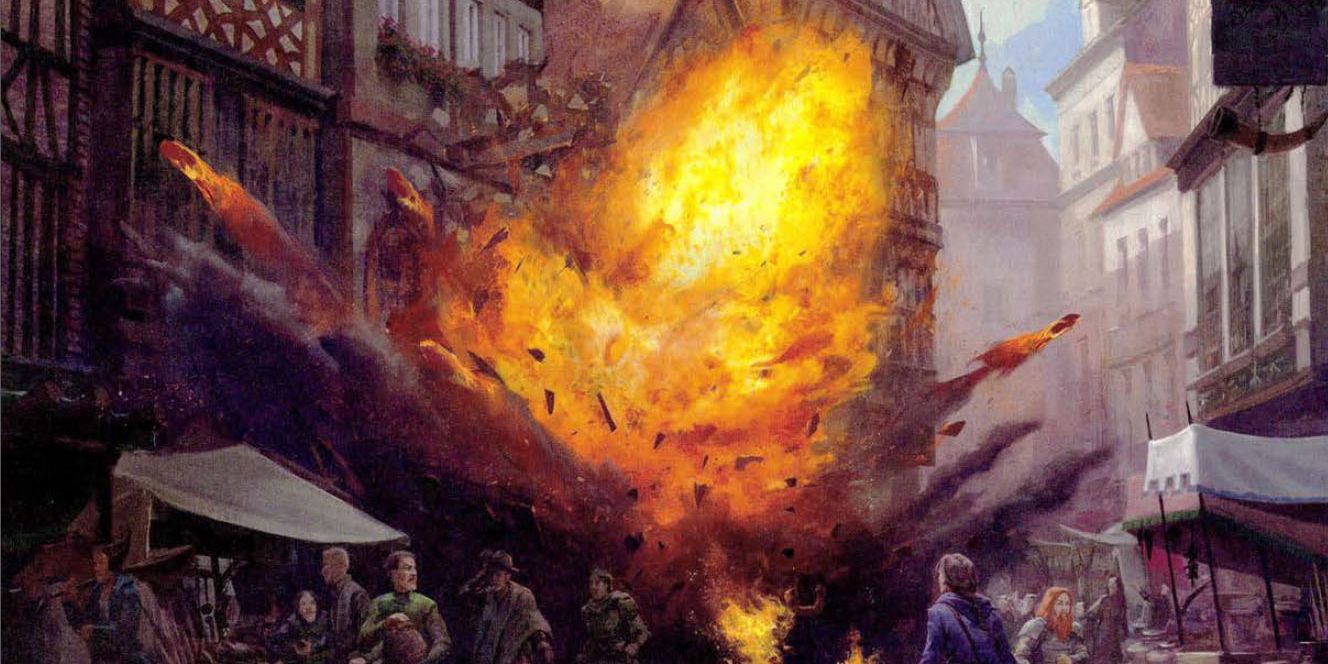
Unlike many of the new cards in The Book of Many Things, the Elemental card lets the player choose the option rather than the Dungeon Master. That means that when this card is drawn, the player can choose to become immune to a single kind of elemental damage: fire, cold, lightning, thunder, or acid. Depending on the kind of campaign, this ability is game-changing.
If the party is in an arctic area like the popular module “Frozen Sick,” then much of the damage dealt there could be entirely nullified. It is the same for if a party is going through Baldur’s Gate: Descent into Avernus. Fire damage is everywhere in the Nine Hells. And because the player can choose and not the DM, there is no worry about having the DM giving a player thunder damage immunity when there will be no enemies dealing that type in the adventure.
3 Temple
A Deity Must Aid The Party
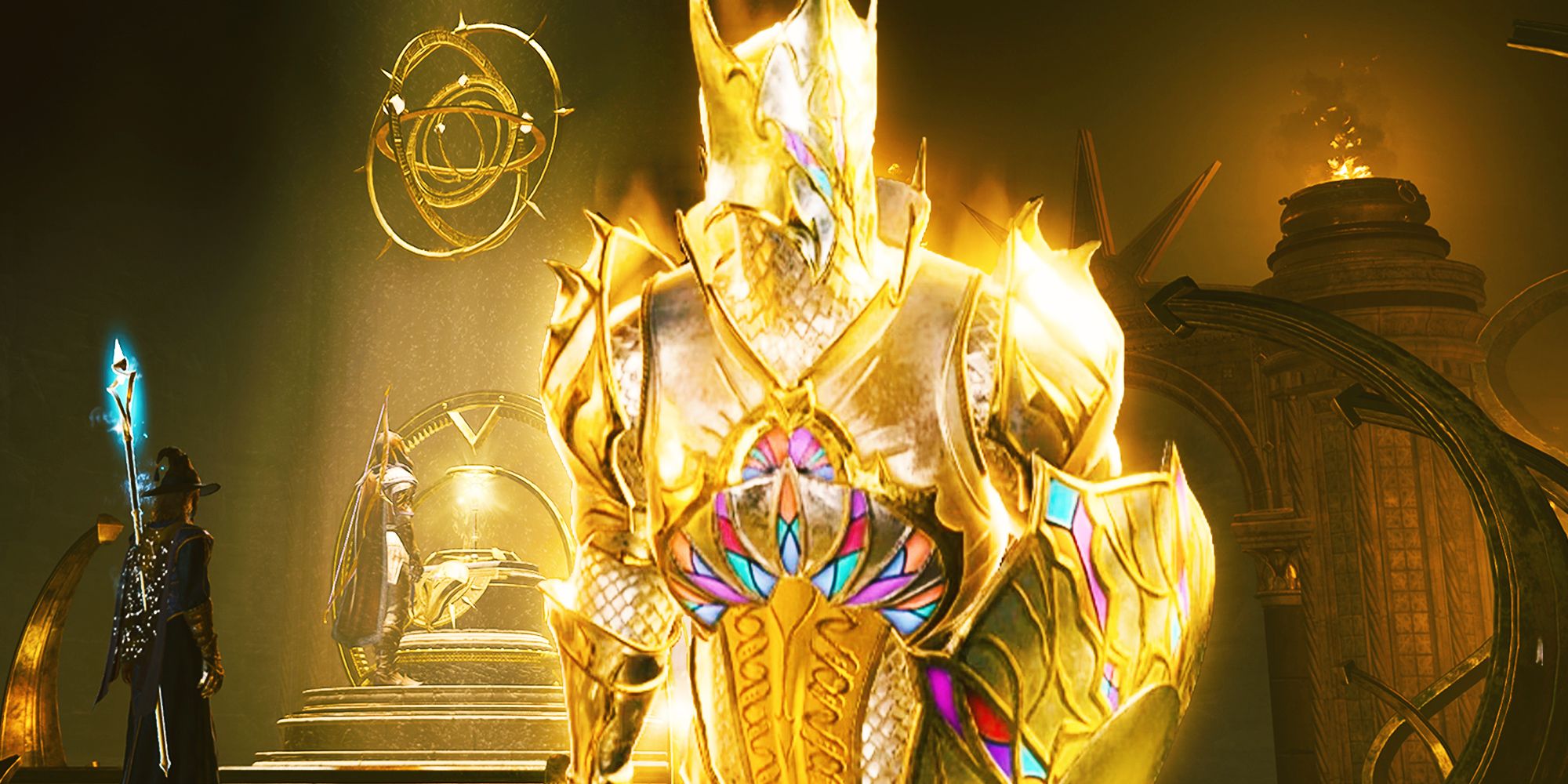
The Temple card is fascinating and fun, and it shows just how powerful the magic powering The Deck of Many Things really is. If a player draws it, they can call on any of the deities in Dungeons and Dragons for help at any point, as long as it is before their character dies. The DM gets to choose the details of the divine intervention, such as which deity and in what capacity and degree they will help. But having a cosmic entity at a character’s beck and call is beyond nice.
The effect can only occur once, however. If the deity answers the call for intervention, then their obligation is finished. If the character dies before the character asks for help, the card states that the deity will intervene and cast the Resurrection spell, canceling out what the card says it owed them.
2 Dragon
Players Get A Baby Dragon Pet
Drawing the Dragon card from the Deck of Many Things will cause a dragon egg to appear at the character’s feet. It will then hatch into a friendly dragon wyrmling, the color of which the DM chooses. The party is then able to raise the dragon as a companion because it will see them as a parent figure and be a loyal ally to the party.
As often as DnD players want to have pets, the Dragon card is going to be highly sought after. Not only do players get a pet, but they get one that is intelligent and loyal, flies, casts spells, claws, bites, and breathes fire (or something else). DMs everywhere will be thrilled at the shenanigans that ensue.
1 Tomb
Bring Anyone Back From The Dead
The Tomb card gives the player access to a single cast of the True Resurrection spell, one of the most powerful spells in the game. The card lets players cast it a single time with no spell slot or component cost. This is good because casting it normally is stupendously expensive: a 9th-level spell slot and 25,000 gold’s worth of diamonds.
The result, however, is that any creature that has been dead for 200 years or less can be immediately restored to life, all organs and limbs intact, all diseases and ailments cured, and they can even be returned to their living form if they’re undead. With the Tomb card, the party could return even vampire lord Strahd Von Zarovich to life, making the popular Dungeons and Dragons adventure Curse of Strahd a much different experience.
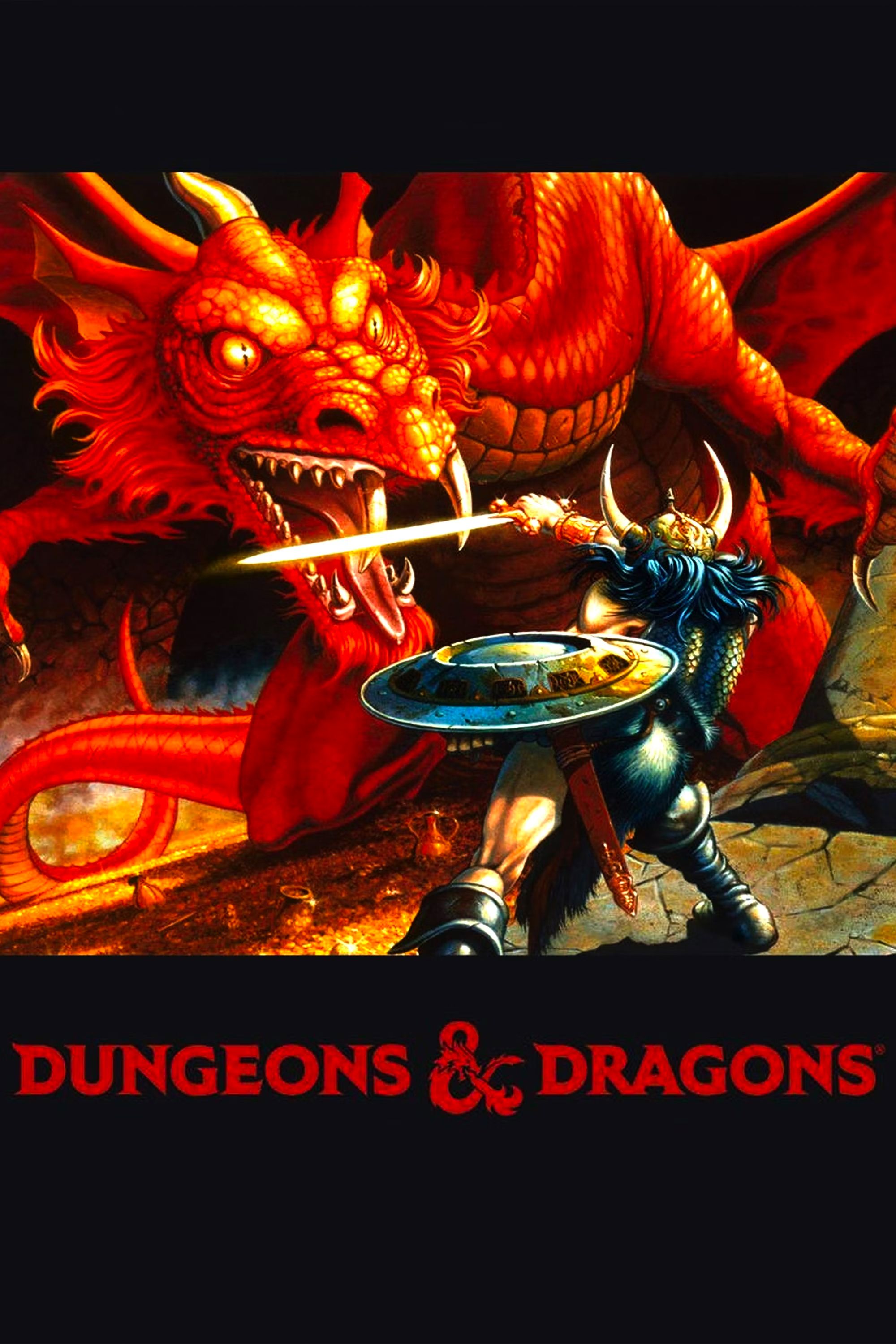
Dungeons and Dragons
- Franchise:
- Dungeons & Dragons
- Original Release Date:
- 1974-00-00
- Publisher:
- TSR Inc., Wizards of the Coast
- Designer:
- E. Gary Gygax, Dave Arneson
- Player Count:
- 2-7 Players
